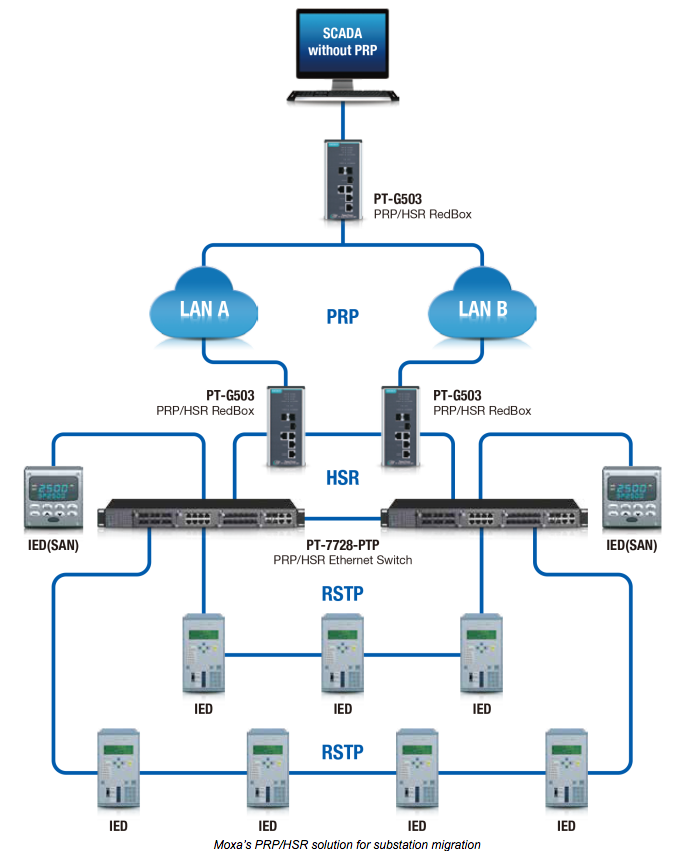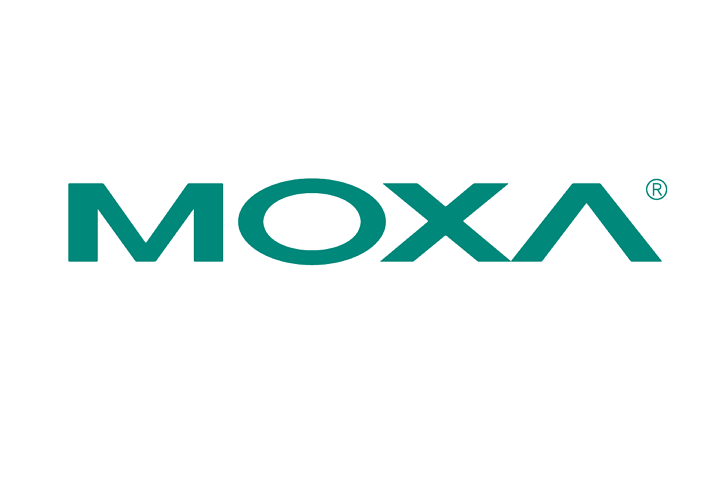An innovative solution is on the horizon to assist the considerable number of substations equipped with legacy devices to transition to Parallel Redundancy Protocol (PRP) and High-availability Seamless Redundancy (HSR) networks. This solution aims to tackle the current interoperability challenges that have been plaguing the industry. For substations, this budget-friendly resolution not only offers a temporary reprieve for their numerous SANs (single attached nodes) and DANs (dual attached nodes) but also enables them to leverage the advantages of a modern, automated smart grid substation. Essentially, this new solution prolongs the lifespan of these legacy devices and defers the need for replacements.
Exploring an Effective Resolution
Ever since the implementation of PRP/HSR-based networks as standard protocols to cater to reliable industrial communications, many substations have found themselves in a quandary. In general terms, substations welcome PRP/HSR solutions for their zero recovery time and adaptable topology features. However, they are reluctant to phase out legacy devices that required substantial investments. Historically, most strategies aimed at migrating legacy devices to PRP/HSR networks have fallen short in terms of viability and cost-effectiveness. This is primarily because most legacy devices are compatible with Rapid Spanning Tree Protocol (RSTP), which is incompatible with PRP/HSR-based networks.
Within the IEC 61850 substation automation sphere, significant importance is placed on redundancy solutions that achieve instantaneous recovery time, commonly known as “bumpless” recovery, with no packet loss being the primary objective.
Shifting to PRP/HSR Networks
Due to the demand for high availability and swift switching, the recovery time offered by widely used protocols like RSTP is deemed unacceptable. Although ring coupling methods that merge RSTP with PRP/HSR protocols have been available for some time, many substations remain cautious about adopting PRP/HSR-based networks due to multiple protocol interoperability challenges.
An All-Encompassing Solution
Thanks to Moxa’s latest release, the PT-7728-PTP PRP/HSR switch, which adheres to the IEC 62439-3 edition 3 standard, the interoperability problem has been eradicated. Products compliant with the IEC 62439-3 edition 3 standard guarantee that RSTP-supported IEDs can seamlessly transfer to PRP/HSR networks without facing any protocol compatibility issues. Furthermore, as the world’s first rackmount modular PRP/HSR switch, the PT-7728-PTP offers users enhanced setup flexibility.

For additional information about Moxa’s innovative PRP/HSR switch, please visit the product page.
- Not Only for Automobiles: Discovering CANbus Technology in Various Industrial Settings - October 29, 2024
- Boost Your Network Performance: An Exciting Manual to PoE Switches! - September 10, 2024
- Understanding Gigabit Switches: Industrial vs Regular Gigabit - September 4, 2024


